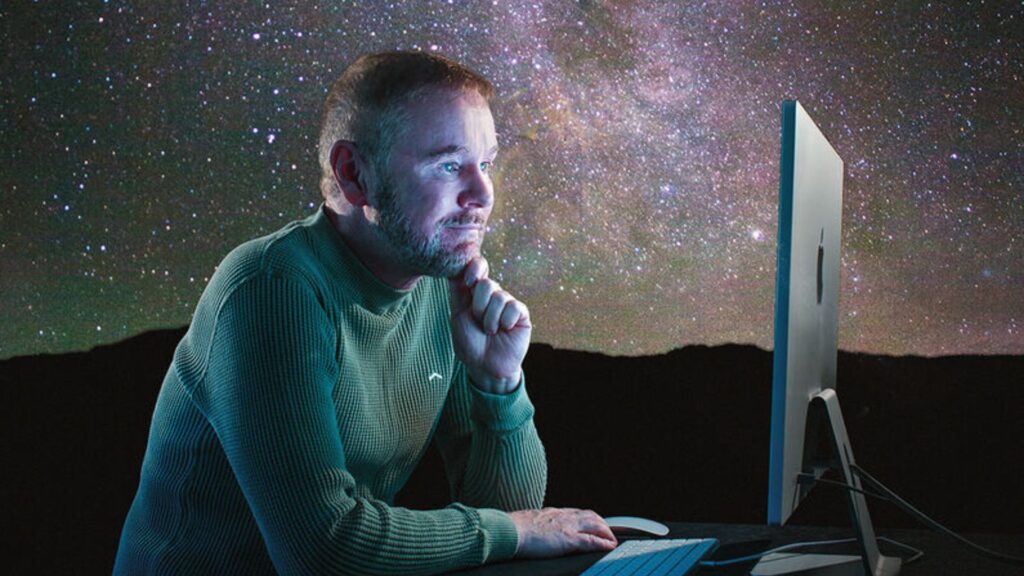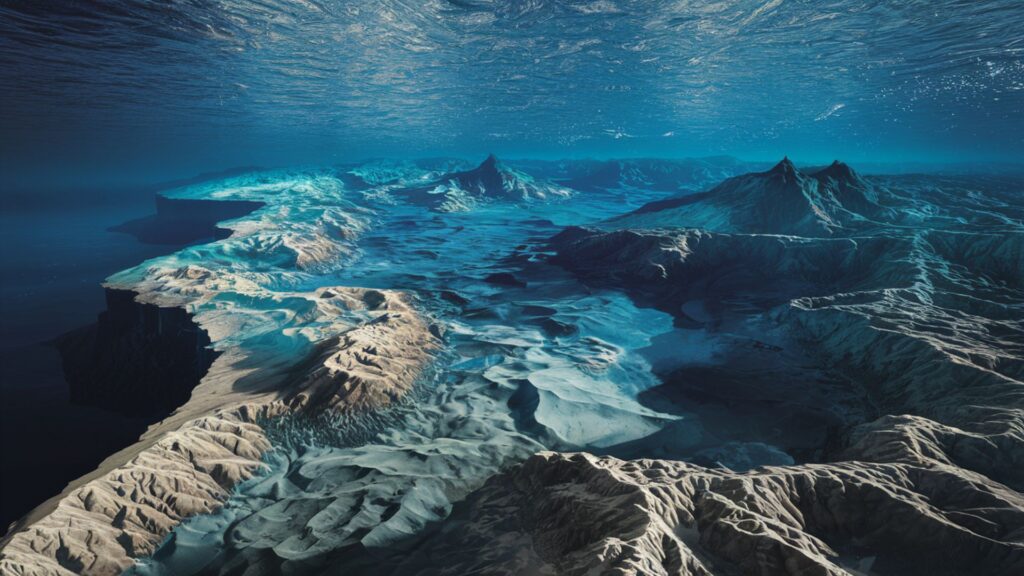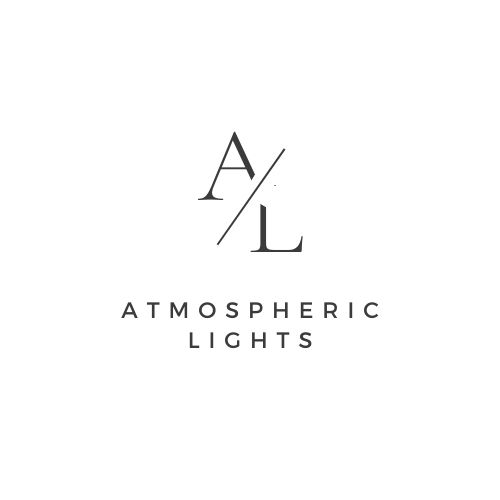Tim Gallaudet: Between Ocean Depths and UAP, Earth’s Last Unknown.
Picture this: Imagine this: while we have achieved nearly complete mapping of Mars and Venus, approximately 80% of Earth’s oceans remain unexplored. In these vast underwater realms, something extraordinary is happening—phenomena that defy our understanding of physics and challenge our perception of what’s possible. Welcome to the new frontier of UAP research, where former Oceanographer of the Navy Rear Admiral Tim Gallaudet is leading the charge into uncharted waters.
Underwater and Transmedium UAP: Breaking the Surface Barrier
Let’s start by clearing up some terminology that’s crucial to understanding this phenomenon:
- UAP (Unidentified Anomalous Phenomena): The modern, broader term replacing UFO, encompassing unexplained observations across all domains
- USO (Unidentified Submersible Object): Specifically referring to underwater anomalies
- Transmedium UAP: Objects capable of operating across multiple mediums—air, water, and potentially space
Notable Incidents That Demand Attention

The 2004 USS Nimitz “Tic Tac” Incident
- Date: November 14, 2004
- Location: Pacific Ocean, 100 miles off San Diego
- Key Witnesses: Commander David Fravor and Lieutenant Commander Alex Dietrich
- Duration: Multiple encounters over several days
- Notable Features:
- An object dropped from 80,000 feet to sea level in less than 1 second
- Demonstrated unprecedented acceleration and maneuverability
- Associated with underwater disturbance “size of a football field”
The 2019 USS Omaha Incident
- Date: July 15, 2019
- Location: Off the coast of San Diego
- Documentation: Multiple sensor systems, including radar and infrared cameras
- Key Event: Spherical object observed entering water without destruction
- Speed: Estimated at over 100 knots underwater
- Duration: 3 hours of continuous tracking
The 2013 Aguadilla Incident
- Location: Aguadilla, Puerto Rico
- Documentation: Thermal imaging from DHS systems
- Duration: 16 minutes
- Key Features:
- Seamless air-to-water transitions
- Maintained speed underwater
- Split into multiple objects
The Ocean: An Unexplored Frontier

The Numbers Tell the Story
- Only 5% of the ocean floor mapped in high resolution
- Average ocean depth: 12,100 feet
- Deepest point (Challenger Deep): 36,000 feet
- Total ocean volume: 1.35 billion cubic kilometers
Historical Context of Ocean Exploration
- 1960: First descent to Challenger Deep by Jacques Piccard and Don Walsh
- 1977: Discovery of deep-sea hydrothermal vents
- 2019: Victor Vescovo completes Five Deeps Expedition
- 2024: Only 24% of ocean floor mapped to modern standards
Research Challenges
Technological Limitations:
- Pressure constraints (1 atmosphere increase every 33 feet)
- Limited underwater communication capabilities
- Sensor degradation in saltwater
Resource Constraints:
- Average oceanographic research vessel cost: $25,000-45,000 per day
- Limited number of deep-sea capable vessels globally
- High-resolution sonar mapping costs: approximately $3,000 per square kilometer
Maritime Security and UAP: A Critical Analysis

Current Maritime Defense Capabilities
- U.S. Navy active sonar range: typically 25-30 nautical miles
- Maximum submarine detection depth: classified but estimated at 1,000 feet
- Number of active U.S. attack submarines: approximately 50
Notable Maritime Security Gaps
Underwater Detection Limitations:
- Sound propagation varies with temperature, salinity, and pressure
- Thermoclines can create “acoustic shadows”
- Limited effectiveness against non-traditional propulsion systems
Response Capability Issues:
- Average surface vessel top speed: 30-35 knots
- Maximum submarine speed: approximately 25-30 knots
- Reported UAP underwater speeds: 100+ knots
UAP: Catalyst for Scientific Revolution

Potential Technological Applications
Advanced Materials Science:
- Supercavitation capabilities
- Pressure-resistant materials
- Meta-materials for reduced friction
Energy Systems:
- Zero-point energy theories
- Advanced propulsion methods
- Underwater power generation
Sensor Technology:
- Quantum sensing systems
- Multi-domain tracking capabilities
- Advanced sonar developments
Scientific Paradigm Shifts

Dr. Garry Nolan’s research suggests:
- Potential quantum effects in UAP propulsion
- Novel approaches to space-time manipulation
- Integration of consciousness studies with physical phenomena
Call to Action: Prioritizing Underwater and Transmedium UAP Research

White House Initiatives Required
Data Collection and Analysis:
- Establish a central database for maritime anomalies
- Coordinate with international partners
- Implement real-time reporting systems
Research Funding:
- Proposed budget allocation: $10 million annually
- Cross-agency collaboration framework
- Public-private partnership opportunities
Congressional Support Needed
Legislative Framework:
- Revival of Schumer Amendment provisions
- Enhanced oversight mechanisms
- Increased transparency requirements
Funding Priorities:
- National Oceanographic Partnership Program expansion
- Advanced sensor development
- Data analysis infrastructure
Economic Impact Potential
Blue Economy Growth:
- Current value: $2.5 trillion annually
- Projected growth: 5-7% annually
- New technology sector development
Job Creation:
- Maritime technology sector
- Research and development
- Data analysis and interpretation
Conclusion: The Deep Unknown
The ocean’s vast expanse holds more than just marine life and geological features—it potentially harbors answers to questions we’re only beginning to formulate. As Tim Gallaudet emphasizes, “We’re not just looking for unknown objects; we’re looking for unknown physics.”
Key Takeaways:
- Ocean exploration is critically underfunded compared to space programs
- UAP research could revolutionize multiple scientific fields
- Maritime security concerns require immediate attention
- International collaboration is essential for a comprehensive understanding

The next great leap in human understanding may not come from looking up at the stars but from peering into the depths of our own oceans. The question isn’t just what we might find—it’s whether we’re prepared for what we discover.

